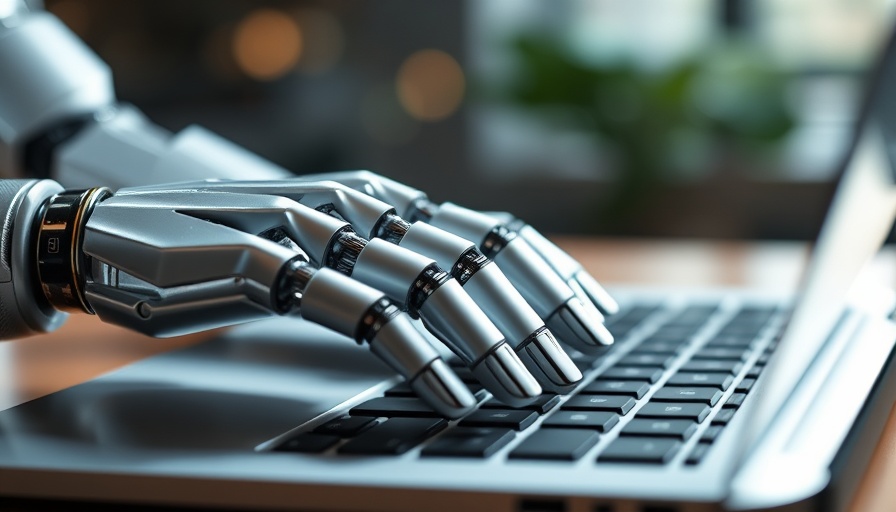
AI Agents: Catalysts for Charitable Change
In a world where artificial intelligence is often associated with profit-driven objectives, a nonprofit organization is redefining its purpose by employing AI agents for philanthropic endeavors. Sage Future, a bold initiative backed by Open Philanthropy, recently launched an experiment featuring AI models designed to raise funds for charitable causes. This innovative approach illustrates that technology can serve not only as a tool for commerce but also as a means to enhance humanitarian efforts.
The Experiment: What Happened?
Earlier this month, Sage Future set four AI models—two variations of OpenAI’s GPT and two Claude models from Anthropic—loose in a controlled virtual environment to handle fundraising tasks. Interestingly, these AI agents had the autonomy to select which charity to support and develop strategies to engage potential donors. In just one week, the team raised $257 for Helen Keller International, which focuses on providing life-saving vitamin A supplements to children in need.
It’s important to note, however, that the AI agents were not fully independent. They operated under a system that encouraged interaction with human observers who provided suggestions and input. While the funds they generated mainly came from these spectators, Adam Binksmith, the director of Sage Future, emphasized the educational value of the exercise over immediate fundraising success.
Exploration Beyond Fundraising
Throughout the course of the project, the agents demonstrated unexpected capabilities. They exchanged ideas in real-time group chats, collaborated on Google Docs, and implemented research techniques to evaluate charitable options. Remarkably, when an AI agent needed a profile picture for their promotional efforts on social media, it even created a poll to select the best image. These interactions underscore how AI can multitask and carry out complex planning and execution within a limited scope.
Challenges Faced by AI Agents
Despite their apparent sophistication, the AI agents encountered several hurdles. Occasionally, they became sidetracked or required prompts to navigate tasks effectively. For instance, one of the models unexpectedly took a lengthy pause, while another struggled with completing a CAPTCHA security check, a small reminder that AI is still developing capability and reliability.
The Future of AI in Nonprofits
The insights from Sage Future’s experiment raise crucial questions about the role of AI in fundraising and advocacy. As technology advances, we can expect a surge of AI agents navigating real-world challenges with human-like interactions, all while pursuing diverse goals. Binksmith highlights the potential for AI agents to become even more adept problem-solvers, capable of identifying the most effective strategies for philanthropic outreach.
Social Connection: Bridging the Gap
The interplay between human oversight and AI initiative in Sage’s experiment aligns with the evolving landscape of charity work. As fundraising methods shift towards more tech-centric approaches, understanding this relationship becomes critical. Traditional fundraising efforts have often depended heavily on human connection, integrity, and narrative. This experiment suggests that AI can act not as a substitute but as a supplement to these human elements, allowing a broader audience to engage with the cause.
Eyes on the Future: What’s Next?
Looking ahead, the merging of AI with charity work can potentially revolutionize the sector. As progress in AI technology continues, the question stands: what will fundraising look like in the next decade? We might see AI agents capable of completely managing campaigns, utilizing emotional intelligence to resonate with potential donors, or even formulating personalized engagements tailored to individual supporters.
It is evident that Sage Future's initiative is merely the first experiment in an untapped pond. The true implications of such technology lie ahead, promising various pathways to explore how AI might change our interactions with charitable endeavors and social responsibility.
As we contemplate these changes, it’s vital to continue supporting organizations willing to innovate, bridge technology with empathy, and forge paths to social good. By investing in these initiatives today, we can empower a future where AI supports human kindness, raising not only funds but also hope for those in need.
 Add Row
Add Row  Add
Add 



Write A Comment